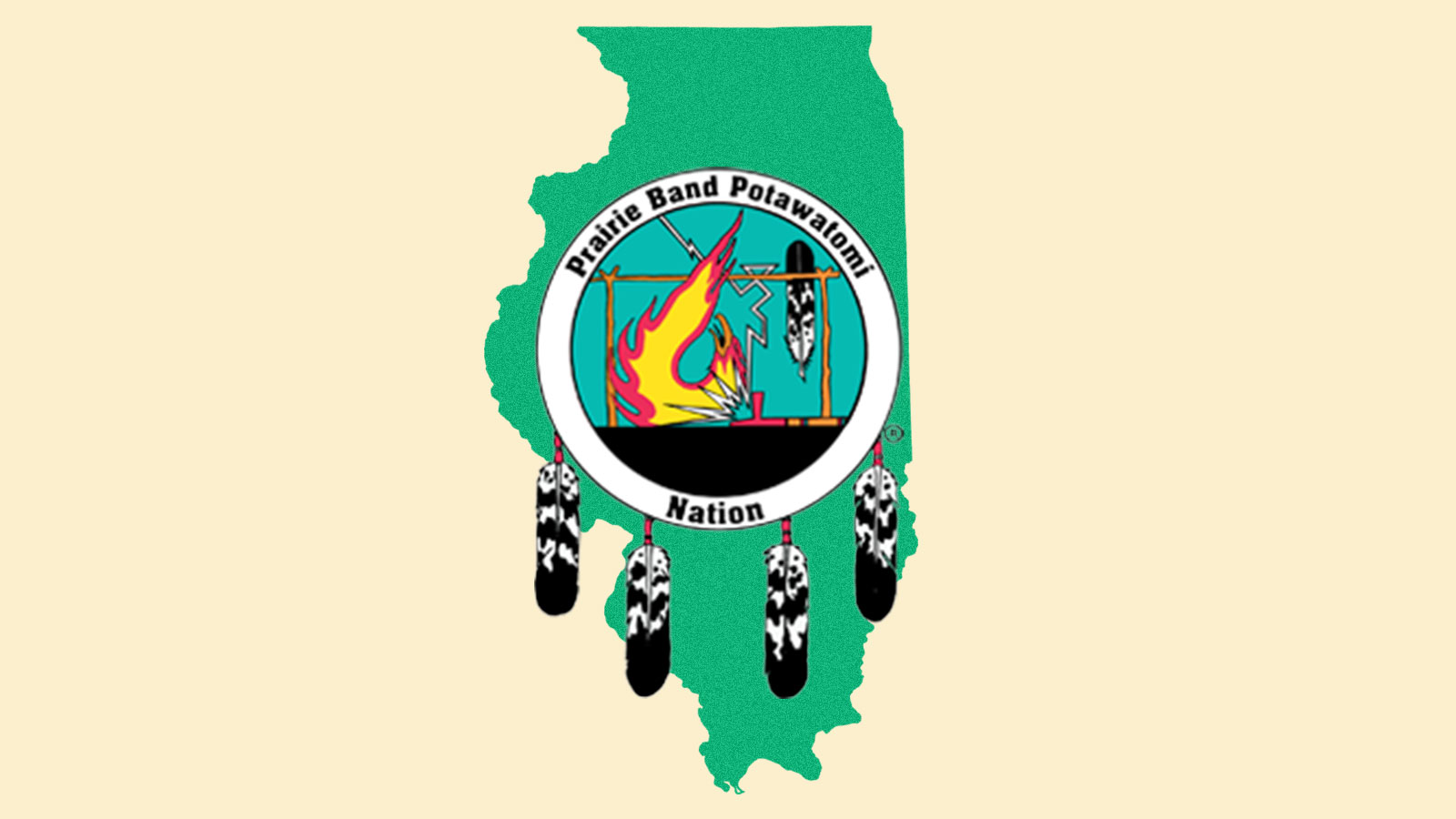As sea levels rise, the Quinalt Nation moves to higher ground
May 12, 2024
This story was originally published by ICT and is reproduced here as part of the Global Indigenous Affairs Desk, an Indigenous-led collaboration between Grist, High Country News, ICT, Mongabay, Native News Online, and APTN.
A little more than a century ago the village of Taholah was built where the ocean meets the Quinault River. Today when there’s too much rain, or a storm surge, water will rush past Quinault Street, down 2nd, 3rd all the way across town, filling yards and homes with salt water.
Ryan Hendricks points to the sea wall and remembers one such flood. “It’s almost like a geyser shooting through the rocks,” said Hendricks, a member of the Quinault Indian Nation’s Tribal Council. “The water was coming in from the river and just coming directly into the village. And then over here … the water wasn’t coming really over the wall. It was just coming through the rocks like a geyser. So it was just pushing almost with the speed of like a natural river current.”
The Quinault Nation faces dangerous long-term currents. Taholah is barely inches above the ocean and the sea level is rising. On top of that there are a growing number of storm surges, where flood waters are propelled by high winds.
What makes the Quinault story so powerful is that it’s a window into our future: It’s the idea that a changing climate will determine where and how we will live, what we will eat, and how much it’s going to cost.
The Quinault Nation has been deliberate in its response, debating for the past couple of decades about how to protect its lands, its fish, people, and property. After many community meetings the conclusion was reached in a 2017 tribal master plan, a move to higher ground.
That plan included a new village, about a half-mile uphill, that will protect residents from storm surges or even a potential catastrophic tsunami. Relocation will “incorporate smart growth techniques including low-impact development and green infrastructure to better prepare the community for the future climate.”

Stewart Huntington/ICT
The easy part of relocation is already done. The nation has constructed what’s needed for a new community. The streets are paved. The sewers are in. And only a couple of things are missing: houses and residents.
The new village “must be designed to be as resilient as possible,” the master plan said. “Even small events, such as windstorms, close roads and down power lines, isolating the village. Thus, planning for safe havens in case of disaster and alternative energy sources is a must when determining facility siting, sizing, orientation, and programming.”
In a reflection of Indigenous values, the first building opened by the nation was the Generations House, a 30,000-square-foot building serving elders, Head Start, day care, and adult education.
“This was our most modern effort to relocate our most vital citizens with all of our next generations,” Hendricks says. “This is a shared building with all of our most valuable resources, our children. And then, all of our most valuable information holders are our elders on the other side [of the building].”
The Generations House is also the gathering point should there be an emergency.
There are a lot of questions that still must be answered before any houses are built.
“We have penciled out what a house would cost. And right now we are sitting at somewhere between $350 and $400,000 per house,” Hendricks says. That is a number unaffordable for most tribal members.
And what about the people now living in Taholah who have paid off their mortgages — especially elders?
“Why would they come up with a new mortgage? Well, they already have a house for themselves. And then there’s someone who said, ‘Well, we don’t have the means to pay for a new home. Is the tribe going to buy my home?’” asks Hendricks.
That means the nation still must work through these scenarios and come up with individual solutions.
And that starts with a community-based plan.
“I had the chance to visit Quinault a year ago, and they are doing just amazing work on climate relocation and climate resilience,” said Bryan Newland, the Interior Department’s assistant secretary for Indian affairs. “It’s one of three communities that are going to serve as kind of pilot projects, if you will, on community driven relocation. And they’re just doing amazing work. I was really impressed by their foresight in their planning and how they are really thinking through a lot of issues that aren’t intuitive and working to address them. And so I’ve been really impressed. And, you know, we shouldn’t be surprised that when tribes have resources, they’re able to do very impressive things. And so I look forward to seeing where they’re going to take that.”
For now the bottom line is that the Quinault Nation is not sure where more than $450 million will come from to pay for this relocation.
But here’s the thing. The Quinault Nation is further along in this sort of planning than nearly every community on the planet. When we drove up the coast to get here, we passed through low-elevation towns and even cities that reflect the scale of the problem. And it’s clear that neither the region nor the country are penciling out what has to be done and what it will cost.
This story was originally published by Grist with the headline As sea levels rise, the Quinalt Nation moves to higher ground on May 12, 2024.

